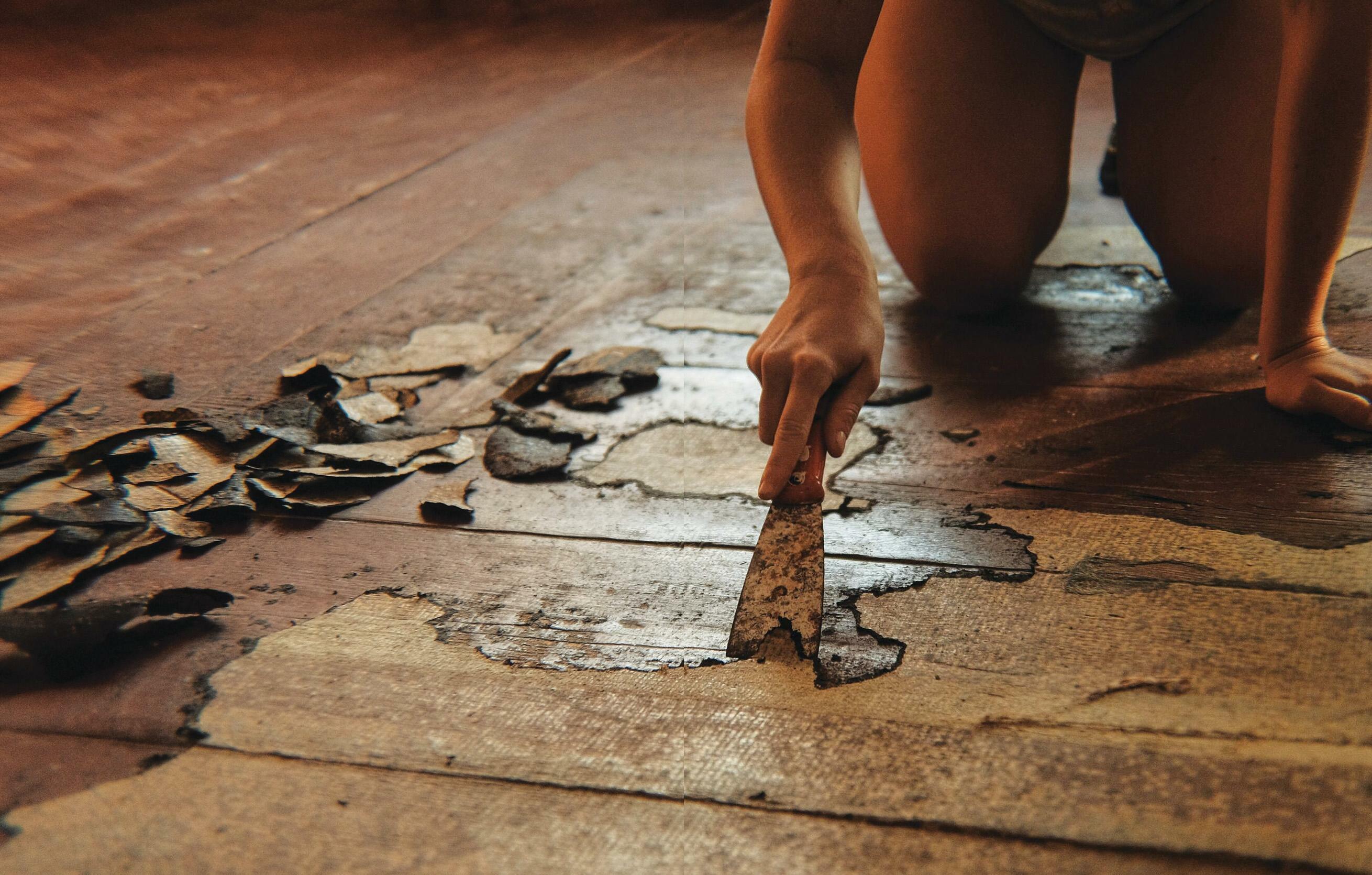
Water probably causes the most damage, especially in kitchens and bathrooms. Overflowing taps, unseen leaks, spills, and persistent dripping slowly ruin wood, turning it soft and spongy..
Houses also settle, allowing floorboards to rub against one another or supporting members to create annoying squeaks. Then there's actual material damage from burns, pet urine, poorly conceived alterations, and more. It goes almost without saying that a problem floor usually comes with multiple issues.
In the case of Wendy and Alex Santantonio's bathroom in their American Foursquare house, water leaks had severely damaged about a third of an antique heart-pine floor. The damage was concealed under layers of shoddy materials that had to be stripped away before the floor could be assessed and repaired.
In Gina Bellous' Queen Anne, vertical-grain, tongue-and-groove floors upstairs had been coated in layers of glue, burlap, and paint before more recent desecration by feral cats. Boards were missing altogether or replaced with plywood.
In both cases, the owner approached repairs by thinking through problems as they presented themselves. Thanks to persistence and ingenuity, their floors came through beautifully.
THE PRO TIP
Whether you are scraping, sanding, or chipping away at old flooring layers, be sure to wear a suitable mask that protects against particulates and chemicals. Unknown irritants and toxins may lurk in adhesives, felt, cement, and in flooring materials themselves. If you suspect a layer contains asbestos, test first.
EXCAVATING for GOLD
هذه القصة مأخوذة من طبعة May - June 2023 من Old House Journal.
ابدأ النسخة التجريبية المجانية من Magzter GOLD لمدة 7 أيام للوصول إلى آلاف القصص المتميزة المنسقة وأكثر من 9,000 مجلة وصحيفة.
بالفعل مشترك ? تسجيل الدخول
هذه القصة مأخوذة من طبعة May - June 2023 من Old House Journal.
ابدأ النسخة التجريبية المجانية من Magzter GOLD لمدة 7 أيام للوصول إلى آلاف القصص المتميزة المنسقة وأكثر من 9,000 مجلة وصحيفة.
بالفعل مشترك? تسجيل الدخول
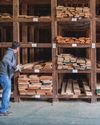
Navigating the Lumberyard - Here's some lumber lingo you should know before you venture into a lumberyard.
Here's some lumber lingo you should know before you venture into a lumberyard. Almost everyone fixing an old house will end up at a lumberyard-whether it's a local supplier or the organized aisles of a big-box home-improvement store.
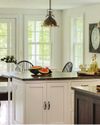
a farmhouse renewed
Sensitive renovations and restoration work preserved a house that dates to 1799.
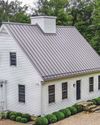
AN OVERVIEW OF METAL ROOFING
METAL ROOFS ARE RESURGENT, FOR GOOD REASONS.
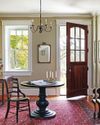
ENDURING BEAUTY IN WALLS of STONE
Now back in the family who had been here since 1830, the old farmhouse is again ready for generations to come. Additions dating to 1840 and the 1950s were preserved.
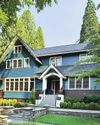
ARCHITECTURAL DETAILS COME TO LIFE
Owners and their designer celebrate the unique features of a 1912 Arts & Crafts Tudor.
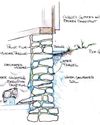
For a Wet Basement Wall
If there's problem common to old houses, it's a wet basement. I'm not talking about occasional flooding, but rather a basement that apparently seeps or leaks after even a rain shower or during snowmelt. Several approaches are available; sustainable solutions will get to the root of the problem.
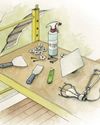
Patching a Plaster Wall
Fix a hole in the wall with a few common tools and some drywall supplies. Practice your technique!
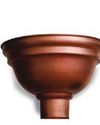
Roofing & Siding
Make note of these historical and unusual materials for the building envelope.
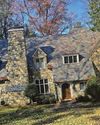
The Riddle of the water
When water incursion happens, the roof isn't necessarily the culprit. Maybe snaking a drain line, or clearing debris from a clogged gutter, temporarily will stem a leak. But a recurring problem usually means other forces are at work. It takes persistence-and a team with the right skills and patience—to identify the source and apply a solution.

Light-filled Craftsman Redo
For a dark kitchen in a 1914 Illinois house, the trick was anchoring white expanses with woodsy warmth.